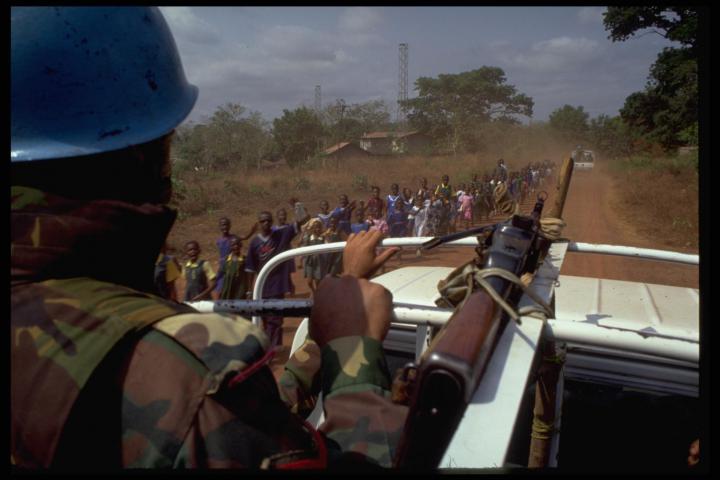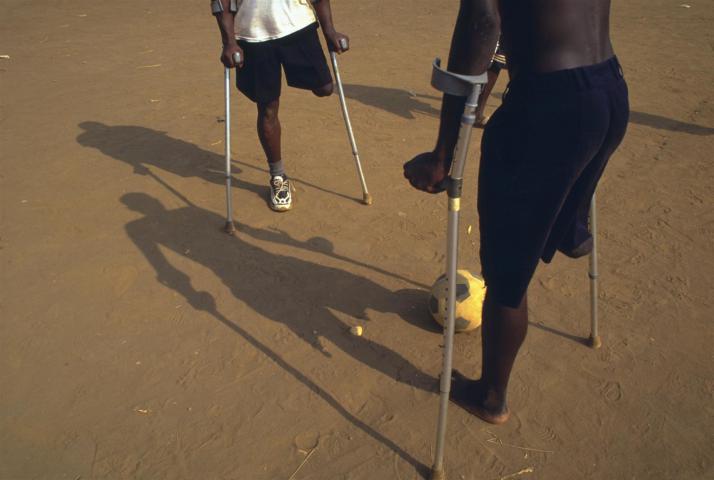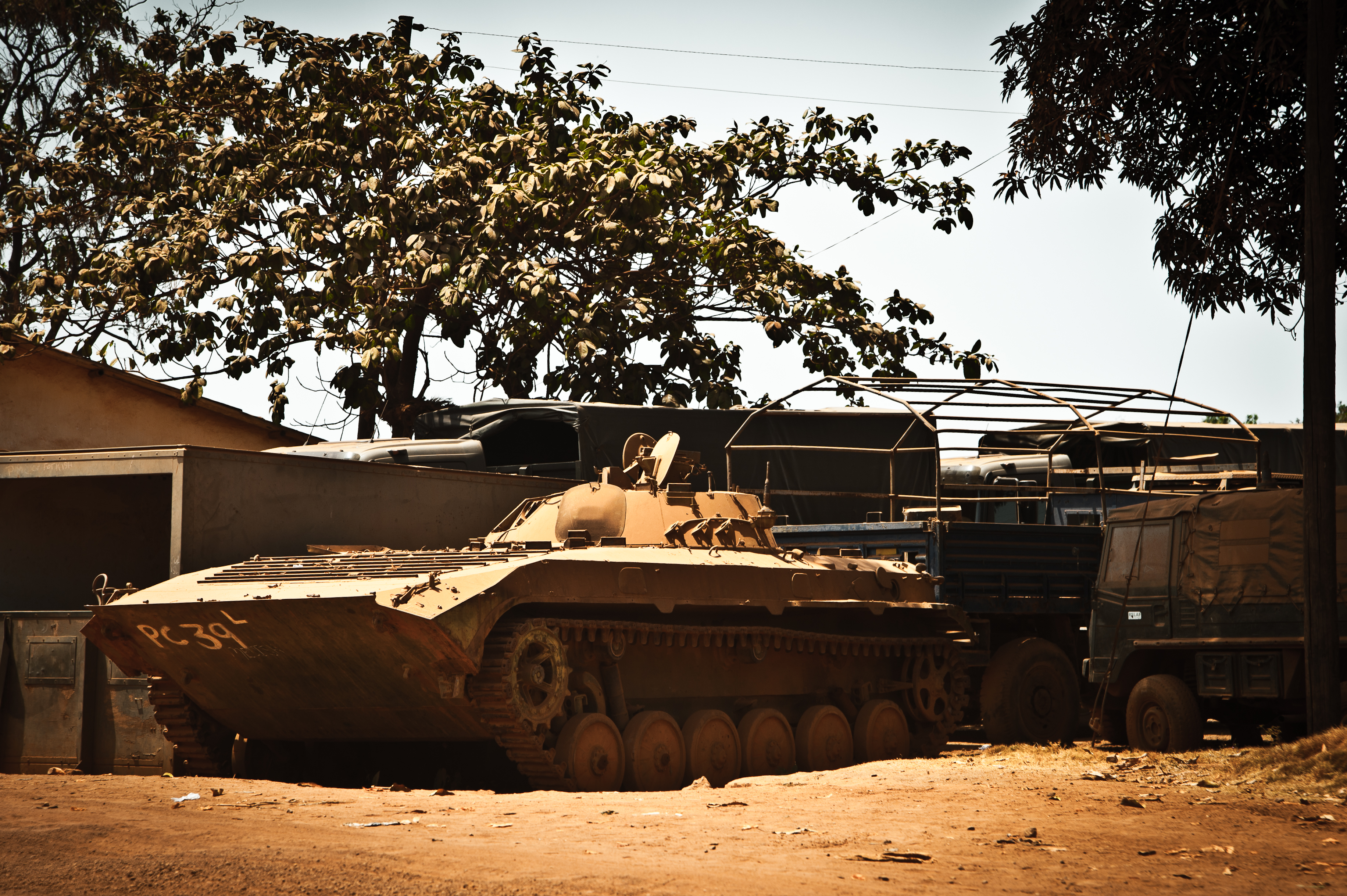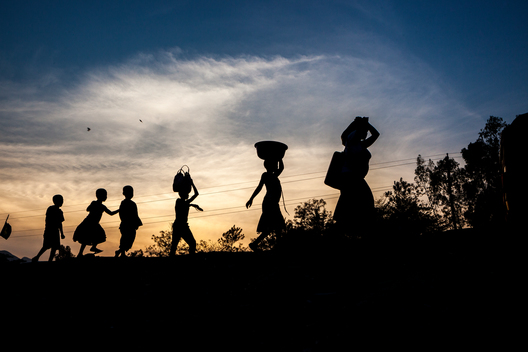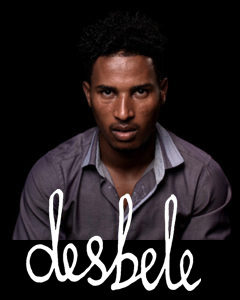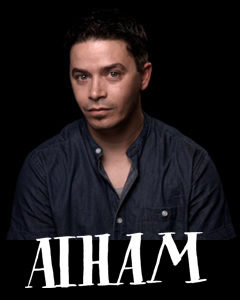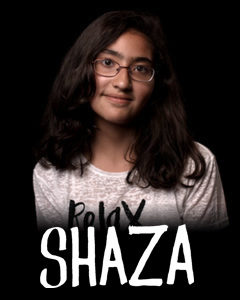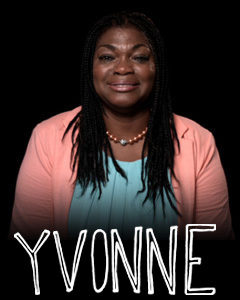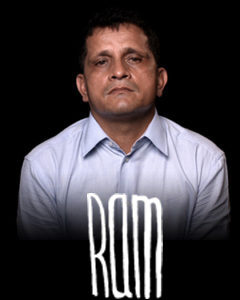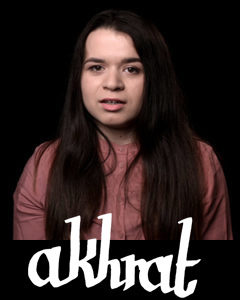Disasters & Conflicts: Sierra Leone. Political conflict, 1991-2000
In 1991 the RUF rebel army attacks the government in Sierra Leone in order to take power. Extreme violence and democratic elections alternate over the next ten years.
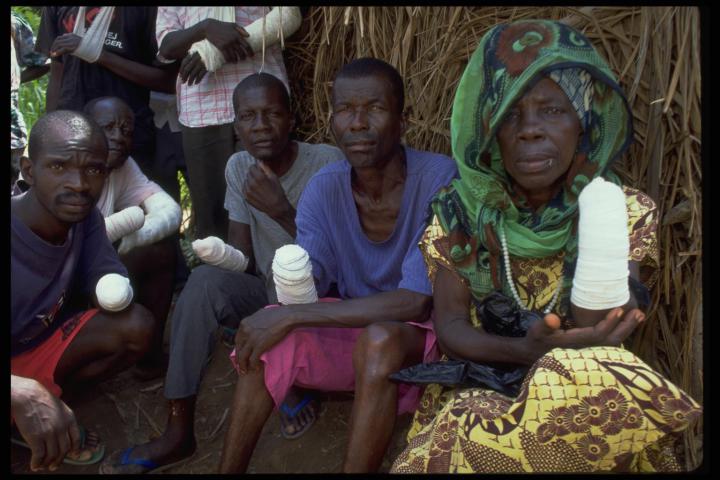
Sierra Leone. Political conflict, 1991-2000
Country: Sierra Leone
Period: 1991 – 2002
Type of conflict: Political conflict
Conflict: For ten years, rebel groups and soldiers frustrate every attempt to create peace
Parties involved: Sierra Leone government, rebel armies, United Nations, neighbouring African countries
Estimated number of victims: 200,000. One third of the population flees
In 1991 the RUF rebel army attacks the government in Sierra Leone in order to take power. Extreme violence and democratic elections alternate over the next ten years, with the country continually descending into violence as a result of coups d’état (1992, 1996 en 1997). An all-time low is reached in 1999, however. The ‘People’s Army’ run by RUF rebels, among others, starts a terrorist campaign called ‘Operation No Living Thing’. More deaths occur in a few months than in the eight-year-long civil war before that. Rebels chop limbs off their victims, which is why particularly children in Sierra Leone often miss an arm or a leg. A peace settlement is eventually reached in July 1999, but the civil war only ends in 2002 after the RUF lays down its weapons for good.
The conflict in Sierra Leone is funded with money made from exporting diamonds. Whoever controls the diamond mines in Sierra Leone has the money to continue the war. Extreme violence accompanies the conflict. The diamonds are also known as ‘blood diamonds’, since a lot of blood may have been shed in mining them for rings. An international campaign is launched to raise awareness of the issue. Films such as Blood Diamond, starring Leonardo di Caprio, and Wit Licht, with Marco Borsato, highlight the problem. A Special Tribunal for Sierra Leone is set up to bring war criminals to justice.

